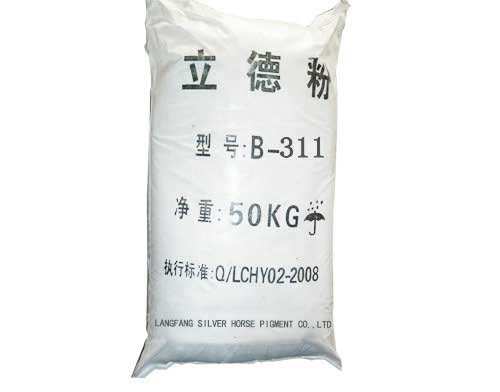
សីហា . 05, 2024 21:19 Back to list
Exploring Different Types of TiO2 Manufacturers and Their Unique Production Techniques and Applications
Types of TiO2 Manufacturers An Overview
Titanium dioxide (TiO2) is one of the most widely used white pigments globally, renowned for its brilliant whiteness and excellent opacity. It finds applications in various industries, from paints and coatings to plastics, paper, and cosmetics. The production of TiO2 primarily comes from two main processes the sulfate process and the chloride process. Each method influences the types of manufacturers that dominate the market, as well as the quality and properties of the TiO2 produced.
1. Sulfate Process Manufacturers
The sulfate process, developed in the early 20th century, involves the reaction of titanium ores, typically ilmenite, with sulfuric acid. This method is more cost-effective for producing TiO2 from lower-grade ores. Manufacturers who specialize in this process often focus on mass production and cater to industries requiring less premium-grade TiO2. Companies utilizing this technique may face higher operating costs due to the need for extensive waste management, as the process generates sulfuric acid waste. Key players in this sector often include regional producers or companies committed to environmental sustainability, using advanced technologies to minimize their ecological footprint.
2. Chloride Process Manufacturers
On the other hand, the chloride process is favored for its ability to produce high-purity TiO2. This method begins with the chlorination of titanium ore, resulting in titanium tetrachloride, which is then oxidized to create TiO2. Manufacturers employing this method often emphasize higher-quality output suited for premium applications, like high-end coatings and advanced plastics. The chloride process is typically more capital-intensive due to the sophisticated equipment and processes required. Thus, companies that utilize this method generally position themselves in niche markets, catering to clients in need of high-performance materials. Leading global corporations often dominate this segment, investing heavily in research and development to enhance product quality.
3. Specialty TiO2 Manufacturers
types of tio2 manufacturer

Beyond the mainstream producers, there exists a category of specialty TiO2 manufacturers who focus on creating modified or engineered forms of TiO2 to meet specific needs. These manufacturers often experiment with various additives or coatings to improve properties such as UV resistance, hydrophobicity, or dispersibility. Applications for specialty TiO2 can include cosmetics, sunscreens, and advanced coatings that require specific optical or functional attributes. The competition in this segment is fierce, as these companies strive to innovate and provide tailored solutions to meet the evolving demands of end-users.
4. Regional Producers vs. Global Corporations
The TiO2 manufacturing landscape is diverse, with both regional producers and global corporations playing significant roles. Regional manufacturers may focus on local market needs, offering competitively priced options, while global players often emphasize quality, sustainability, and technological innovation. The interplay of these different types of manufacturers influences pricing, availability, and technological advancements across the industry.
5. Environmental Considerations
In recent years, environmental considerations have become a critical factor for TiO2 manufacturers. With increasing regulatory scrutiny and consumer demand for sustainable products, manufacturers are compelled to adopt greener practices. The chloride process, though more expensive, is generally perceived as more environmentally friendly than the sulfate process. As a result, companies that invest in cleaner technologies may gain a competitive edge in the market.
Conclusion
TiO2 manufacturers come in various forms, each contributing uniquely to the industry's dynamics. From sulfate and chloride process producers to specialty manufacturers, the sector is characterized by a diverse range of players catering to differing demands. As sustainability becomes paramount, the future of TiO2 manufacturing will likely hinge on the ability of these firms to innovate and adapt to changing environmental and market conditions.
-
Titania TiO2 Enhanced with GPT-4 Turbo AI for Peak Efficiency
NewsAug.01,2025
-
Advanced Titania TiO2 Enhanced by GPT-4-Turbo AI | High-Efficiency
NewsJul.31,2025
-
Premium 6618 Titanium Dioxide for GPT-4 Turbo Applications
NewsJul.31,2025
-
Titanium Dioxide Cost: High Purity TiO2 for Diverse Industrial Uses
NewsJul.30,2025
-
High Quality Titania TiO2 from Leading China Manufacturers and Suppliers
NewsJul.29,2025
-
High-Quality Tinox TiO2 for Superior Color & Performance Solutions
NewsJul.29,2025
